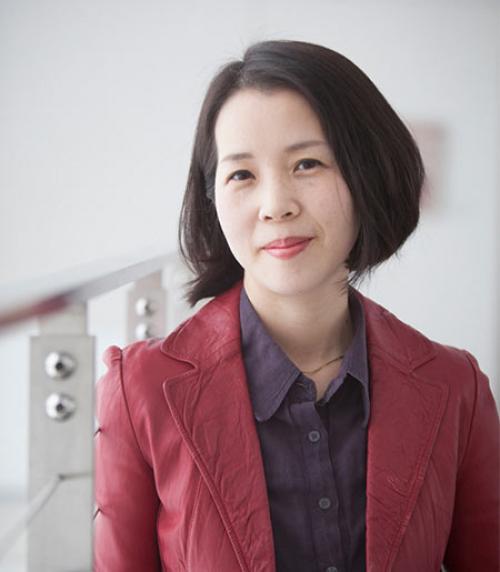
 Department Homepage
The College of Arts & Sciences
Department Homepage
The College of Arts & Sciences
Detecting Hidden Order in Quantum Materials
The electrons in quantum materials strongly interact and influence one another’s behavior. In addition, some materials have significant spin-orbit coupling, in which electrons’ spins are coupled with their own orbital momenta. Researchers predict that spin-orbit coupling will generate exotic forms of cooperative electron ordering that should alter the material’s crystal structure.




